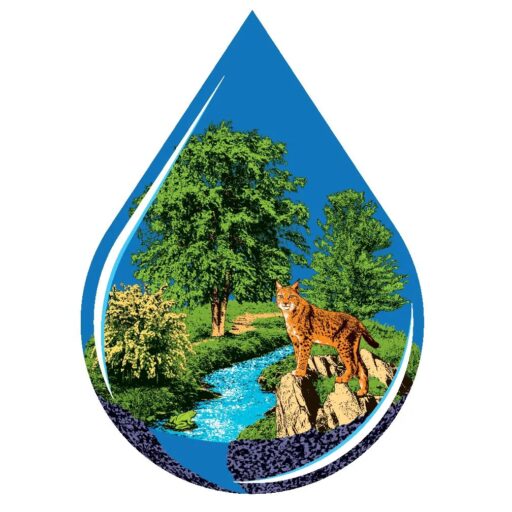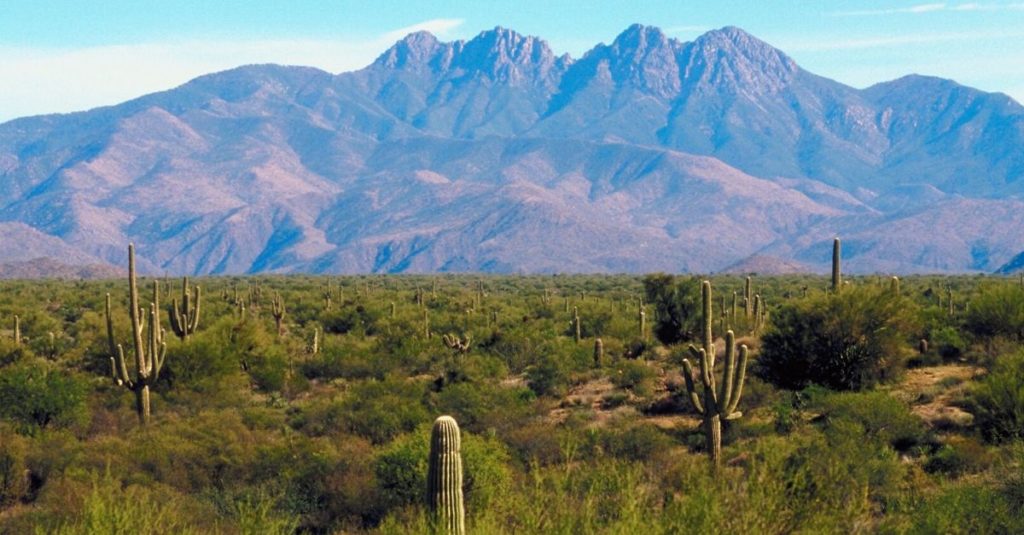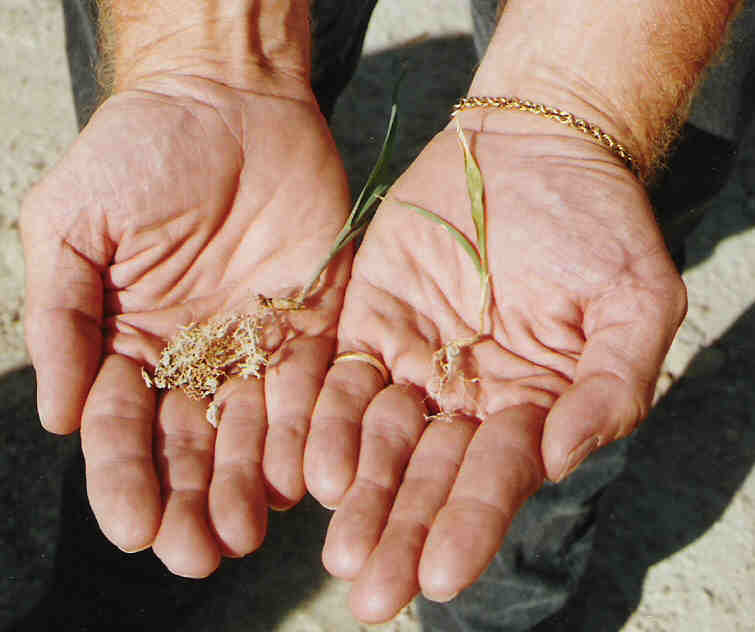Disturbed soil environments are especially harsh for rebalancing the soil. In our applications we have successfully remediated mining tailings, road projects, and disturbed soils.
We have brought deteriorated soils back to vital environments with soil enhancing constituents. With the addition of beneficial nutrients the revitalization of growth in benign soils are enhanced.
The following photos are taken of a copper mine where the mine tailings were planted to re-vegetate the disturbed areas. In the following picture oat grass was planted to revegetate the copper mine tailings.
The areas that were treated showed significant improvement in root zone and plant development. The picture below shows the root zone development in the treated/untreated plant.
BHP Pinto Valley Operations Copper Mine Tailing Project – Miami, Arizona
This mining operaiton requires over 1,000,00 tons of ore every week. The majority of the ore is granite and other minerals. Less than one percent is copper, usually the grade runs from 0.2 to 0.4 percent.
The ore is crushed and mineral extracted. This requires that about a million tons of mine tailings be stored per week into piles that become large mountains of mine material.
This material is sterile of organic material and is difficult to initate or sustain plant growth.
Arizona state law which took effect in 1992 requires that these mining piles either be capped or re-claimed (re-vegetated).
Capping has been extremely costly and re-vegetation of the piles has been challenging. Jesse Mitchell, BHP Environmental Technician, has pioneered innovative revegetation programs which have started the process of growing plants on the benign tailings.
Mitchell used the soil remediation products which biologically soften the mine waste material, add carbon and virtually bring life into the material, which otherwise is toxic to plants.
The program demonstrated that propagation of vegetation is possible with soil remediation and pro-organic, pro-biotic programs.
Mining operations are looking for economical ways to accomplish the closure requirements of the EPA and the AZDEQ, without costly financial closure expenses.
The bio-organic program of BioLynceus® provides an economical alternative to help remediate the mine tailings and return the mine material to be inhabited by regional vegetation.
The samples below are post application.
Post Treatment Vegetation Growth: Copper Mine Tailings
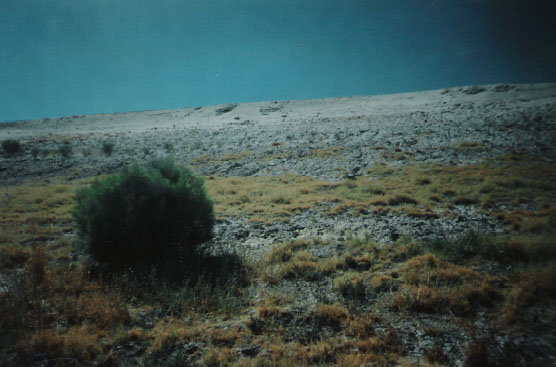
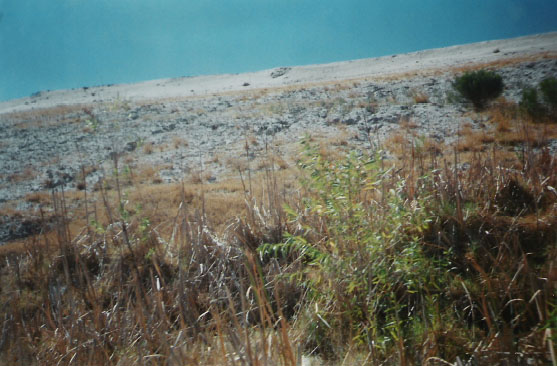
The case study for this project was written up by Pay Dirt Mining Magazine in December, 1997.
